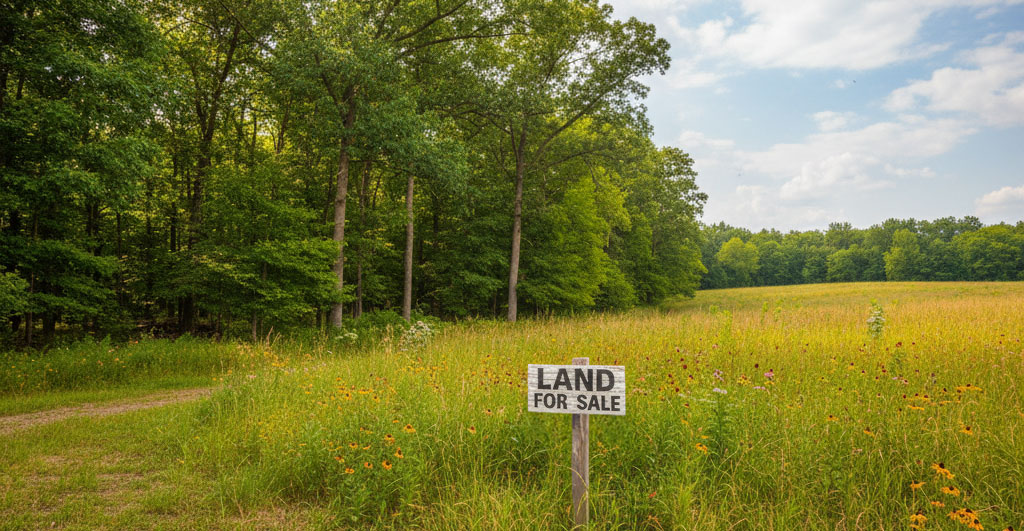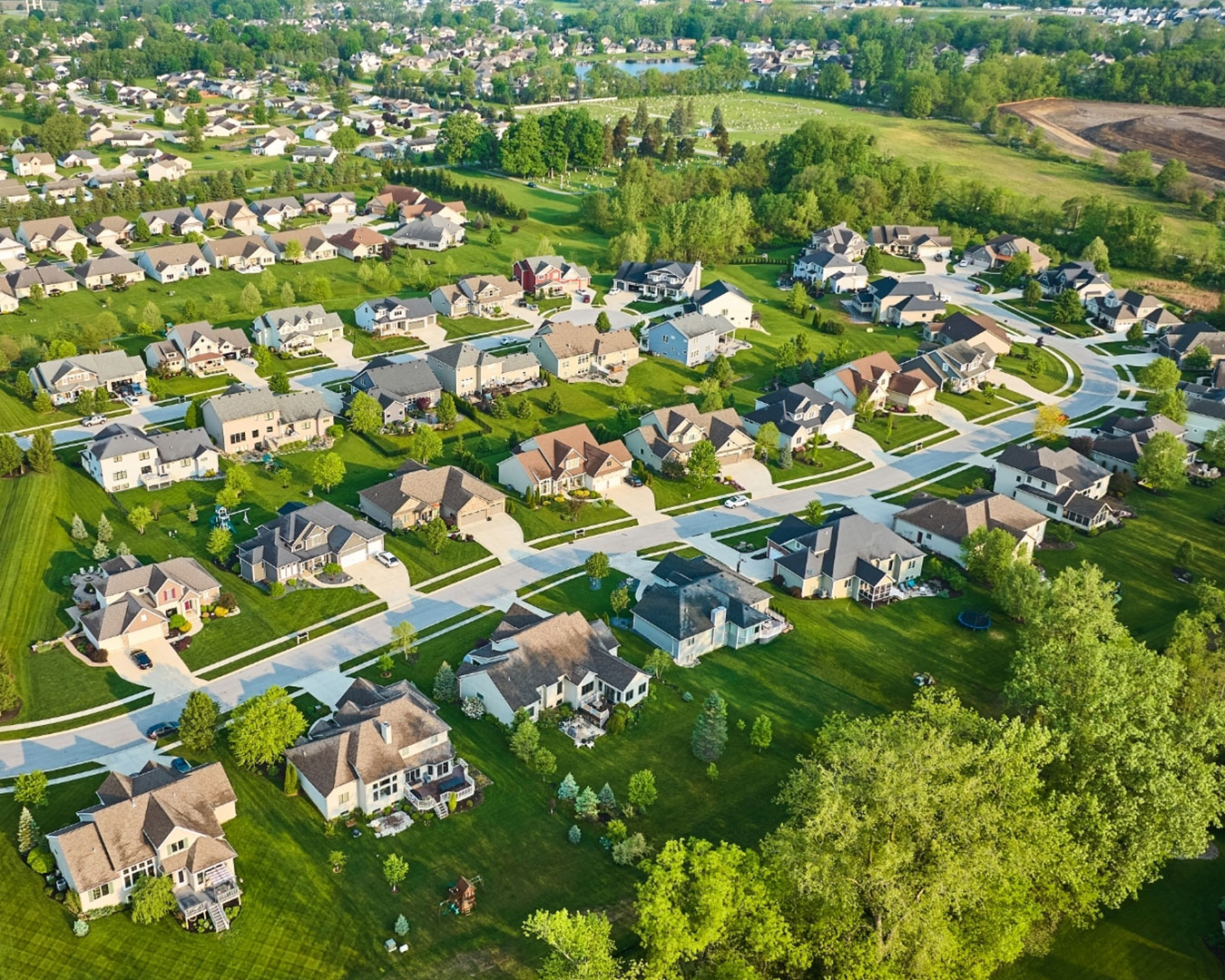A story by Barbara Moss, on environmental influencers Melanie and Zak Scheer. This article is also featured in the December 1, 2023, issue of The Ripple.
Click here to learn more and subscribe to this monthly e-newsletter!
First, own some suitable land. Then do research and consult experts. Prep the soil. Plant seeds. Sit back and watch it grow. And—oh, yes—remove the invasive plants that will inevitably colonize your meadow.
In 2015, Melanie and Zak Scheer and their daughter Jozie relocated to “the country” when they purchased an eighteen-acre property in Tate Township. After repairing and improving the existing ranch house, creating gardens, and modifying outbuildings for chickens and the farming equipment they were gradually acquiring, they began dreaming about what to do with the former horse pastures between their residence and the highway. Step one of the recipe—Check.
Background of the Meadow Makers
Born and raised in rural upstate New York, Melanie wandered woods and fields as a youth and felt strongly about having a place where Jozie could walk out the back door and be free to explore the natural world... and perhaps come to love it as her mother does. Country life appealed to Zak for the privacy, autonomy, and elbow room.
Creating a Wildflower Meadow
Years passed. They considered but rejected the idea of a pond, even though the Bethel-clay hardpan flooded often. Let’s make something beautiful, they said, with seasonal interest and educational value and a strategy to amend the soil in the process.
Step two of the recipe: Do some research. An ODNR representative visited the property and discussed its drainage issues. The Scheers were able to obtain technical assistance and ultimately a grant to cover their seed costs from the Natural Resources Conservation Service arm of the U.S. Department of Agriculture. EQIP (Environmental Quality Incentives Program), offered by the NRCS, was designed in part to help owners of farmland conserve soil and water and create wildlife sanctuaries. What an opportunity for Mel and Zak to enhance and enrich their property and make a statement to passersby. Theirs is a subtle form of advocacy about the value of native plantings.
Values of a Wildflower Meadow
Natives absorb some of that persistent rainwater, they require almost no maintenance once established—Zak’s annual bush-hogging is adequate—and they provide habitat for desirable fauna. Melanie credits their meadow with an increase in pollinators and avian species. Jozie loves the butterflies. Zak enjoys driving in from a day at work to see the succession of blooms and almost weekly change in colors and textures. And there is the learning that takes place when parents and child can watch a monarch develop from egg to caterpillar to chrysalis to adult, which then has ample nearby food for the remainder of its life cycle.












